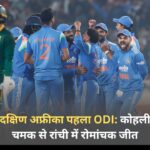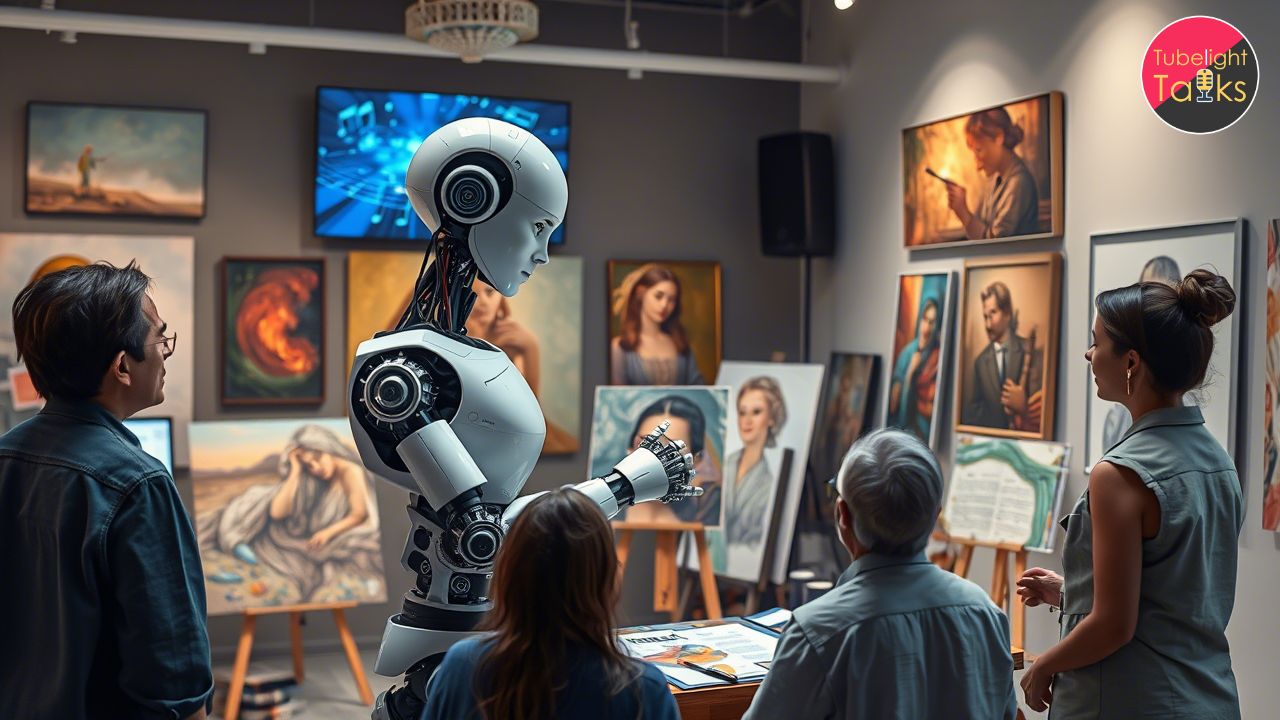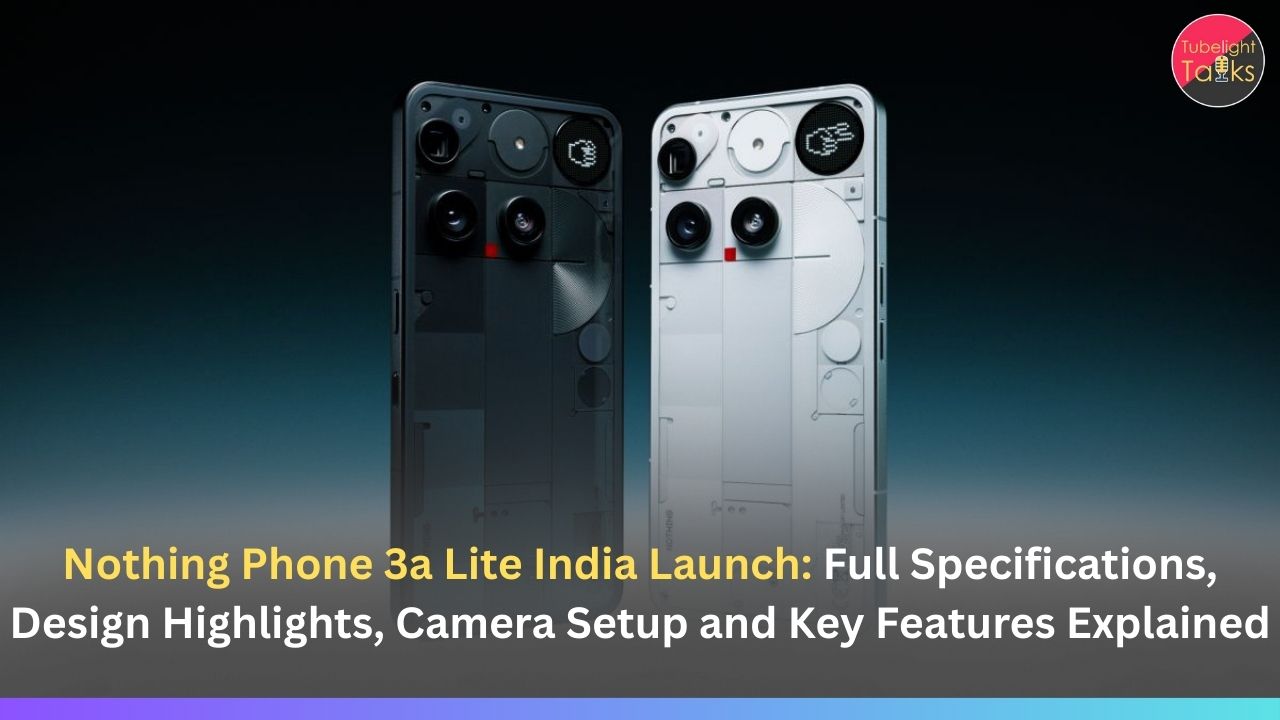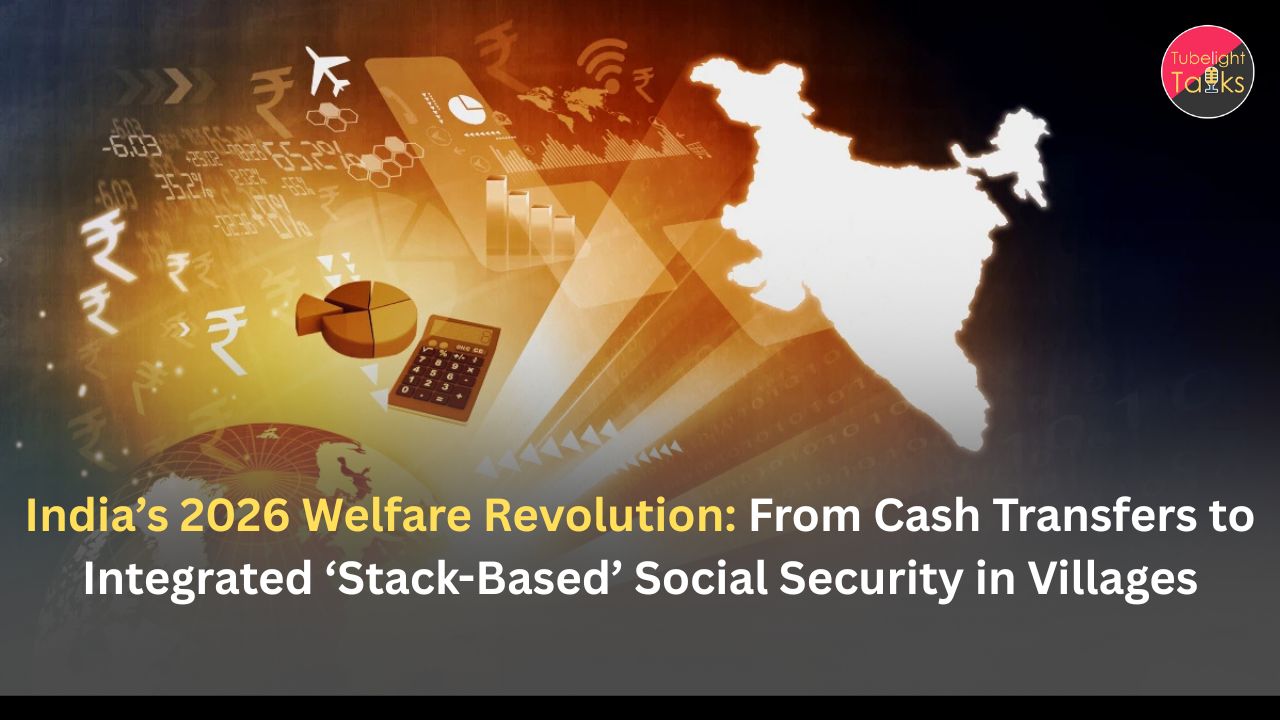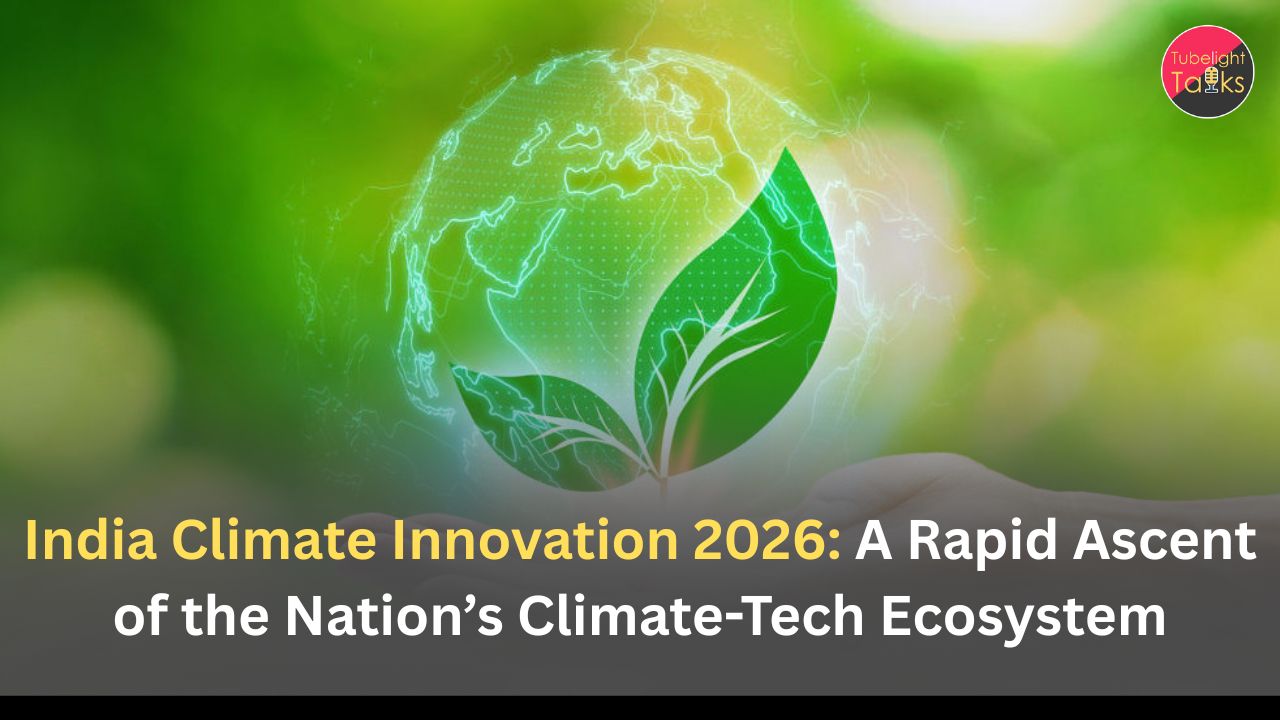What is Art? This question has been debated for centuries and today it is facing a new and unsettling challenge – AI. With AI’s capacity to generate visually stunning images, mimic human creativity, and even imitate personal artistic styles, the art world is grappling with a new existential question: if a machine can create it, is it still art? This article examines the evolving and often uneasy dynamic between artistic expression and machine-generated content.
Art in the Age of Algorithms
AI tools such as Midjourney, DALL·E, Microsoft Bing, Stable Diffusion, etc., have today become powerful engines of visual creativity. With just a few keywords, these systems can produce paintings, sketches, and digital compositions that rival – and sometimes exceed – the work of human artists in terms of technical precision and imagination. But the unsettling truth is that these tools are trained on existing human artworks, raising concerns about originality, consent and creative ownership.
Nowhere has this tension been more visible than in the recent controversy surrounding AI-generated art in the style of Studio Ghibli. When a flurry of AI-generated images surfaced online mimicking the distinct, hand-drawn aesthetic of the famed Japanese animation studio, fans, artists and the studio itself erupted in protest. Hayao Miyazaki, co-founder of Studio Ghibli, expressed strong disapproval of AI-generated art in his studio’s style, viewing it as deeply disrespectful to the essence of life and creativity.
The pieces were beautiful – dreamlike landscapes, warm palettes, and whimsical characters – but something was off. They lacked the character, the imperfections, and the deeply personal storytelling that are hallmarks of Ghibli’s human touch.
Studio Ghibli, known for its fiercely artisanal methods, became an unwilling symbol in a growing debate: where is the line between inspiration and imitation when AI can emulate with such precision?
The Plagiarism Problem
AI’s reliance on training data scraped from the internet without consent has resulted in what many call ‘automated plagiarism’. Countless artists have found their signature styles they painstakingly developed over years, copied and reproduced by machines without attribution or compensation. In 2023, multiple AI firms faced class-action lawsuits over alleged violations of copyright laws. Artists claimed that their work had been fed into AI models, which then generated ‘new’ pieces that were essentially derivative.
This is not mere paranoia. In many instances, AI-generated images have been shown to include visible traces of the original artist’s watermark or signature. This is evidence that the machine is not just learning ‘style’, but copying elements wholesale. The ethical implications are vast. If an AI learns from stolen or unlicensed work, can anything it creates truly be called ‘original’? More importantly, can it be called ‘art’?
The Human Element
Critics argue that AI lacks intentionality. While a human artist chooses to convey a message, a machine simply follows prompts and patterns. However, AI defenders counter that human art is also influenced by external factors like training, culture, exposure. Their creativity is itself a recombination of existing ideas. This, according to critics, blurs the distinction between what is truly ‘original’ and what is merely ‘inspired’.
Democratisation or Dilution?
Supporters of AI-generated art argue that these tools are democratising creativity. Now, people without traditional artistic skills can realise their visions. Newcomers can experiment with styles, aesthetics and concepts at the push of a button. But the flip side is also a flood of content. Much of it is derivatives that risk diluting the value of human-made work.
Also Read: AI vs Humanity: When Machines Outsmart Us, What Will Make Us Human?
There is also the looming threat to livelihoods. Commercial illustrators, concept artists and even animators have expressed fear over job security, as studios and clients opt for cheaper, faster AI alternatives.
The Root of All Plagiarism
If art is a form of expression, then no machine, no matter how advanced, can truly replace the artist. AI can imitate, often with astonishing precision, but it cannot feel. And therein lies the danger: not in the technology itself, but in our readiness to embrace imitation as if it were the real thing.
But should this surprise us? After all, we live in a world that is itself a reflection, a counterfeit, of the original creation by the Supreme God Kabir, the real Creator. Jagatguru Tatvdarshi Sant Rampal Ji Maharaj reveals that the very foundation of this world is rooted in deception.
The 21-universe realm we inhabit is governed by Kaal Brahm (Satan), and is merely a distorted reflection of Satlok, our original and everlasting abode. From the trees we admire to the rivers we revere, all that appears beautiful is but a shadow of a much greater reality. These natural wonders, enchanting as they seem, are part of a grand illusion designed to keep us bound to this temporary, mortal realm.
Sant Rampal Ji Maharaj is the only enlightened Saint who has fearlessly revealed the hidden truth of our origin. Just as AI-generated art threatens to blur the line between real and fake, so too does our acceptance of this material world blind us to the existence of Satlok. Unaware of the ultimate truth, we remain caught in a painful loop of countless lifetimes, repeatedly born and reborn across 8.4 million different life forms.
What is Satlok? Why have we forgotten our true home?
Watch this eye-opening video by Sant Rampal Ji Maharaj:

